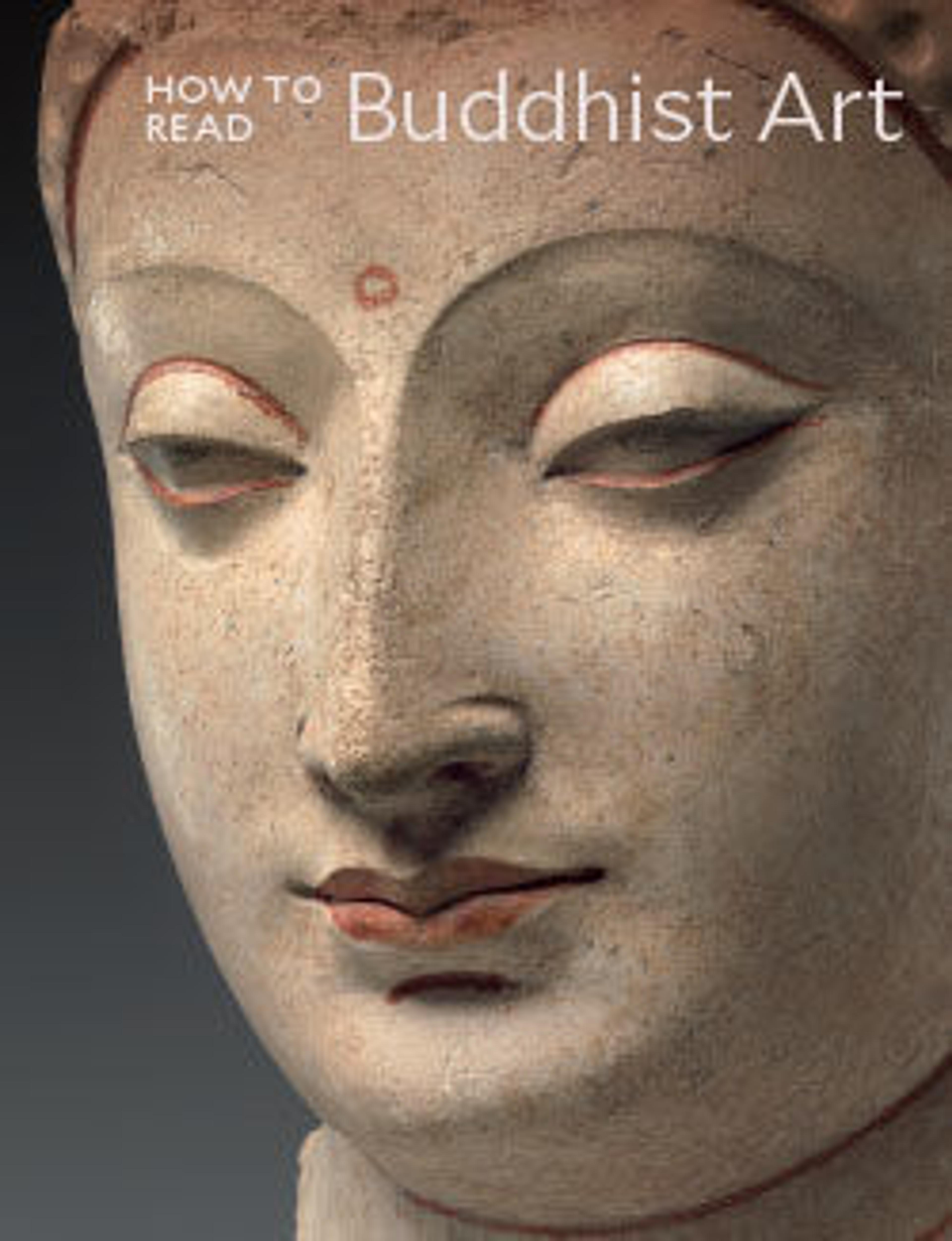Head of Buddha
The well-preserved surface and traces of paint provide an idea of what this head looked like when it was being used in worship. The abstracted treatment of the eyes and the intersecting plains defining forehead, eyebrows, and nose are stylistic features shared with imagery produced in north India during the Gupta period. The fact that this north Indian way of presenting the Buddha had penetrated into Afghanistan suggests a shared Buddhist tradition.
Artwork Details
- Title: Head of Buddha
- Date: 5th–6th century
- Culture: Afghanistan (probably Hadda)
- Medium: Stucco with traces of paint
- Dimensions: H. 7 1/2 in. (19.1 cm); W. 4 3/4 in. (12.1 cm); D. 4 1/2 in. (11.4 cm)
- Classification: Sculpture
- Credit Line: Rogers Fund, 1930
- Object Number: 30.32.5
- Curatorial Department: Asian Art
More Artwork
Research Resources
The Met provides unparalleled resources for research and welcomes an international community of students and scholars. The Met's Open Access API is where creators and researchers can connect to the The Met collection. Open Access data and public domain images are available for unrestricted commercial and noncommercial use without permission or fee.
To request images under copyright and other restrictions, please use this Image Request form.
Feedback
We continue to research and examine historical and cultural context for objects in The Met collection. If you have comments or questions about this object record, please complete and submit this form. The Museum looks forward to receiving your comments.
